Boston is renowned for its rich history, vibrant culture, and passionate sports fandom. Yet, beneath its picturesque facade lies a perplexing meteorological enigma: Why is Boston colder than everywhere?
Despite sharing similar latitudes with counterparts like New York City and Philadelphia, Boston often shivers amid frigid winters, leaving residents and visitors alike pondering the reasons behind its chilling reputation.
From the icy winds that whip off the Atlantic Ocean to the city’s unique geographical features, several factors converge to create Boston’s distinct climate.
Understanding the interplay of these elements offers insight into why Boston experiences colder temperatures compared to its neighboring urban centers.
Delving into the city’s meteorological intricacies reveals a fascinating tale of geography, weather patterns, and atmospheric dynamics, shedding light on why Boston remains a bastion of winter chill amidst the northeastern landscape.
Why Is Boston Colder Than Everywhere?
The question of why Boston tends to be colder than many other places revolves around various geographical, meteorological, and atmospheric factors.
Understanding the dynamics behind Boston’s unique climate requires a closer look at its location, proximity to water bodies, urban layout, prevailing weather patterns, and atmospheric circulation.
Geographical Factors
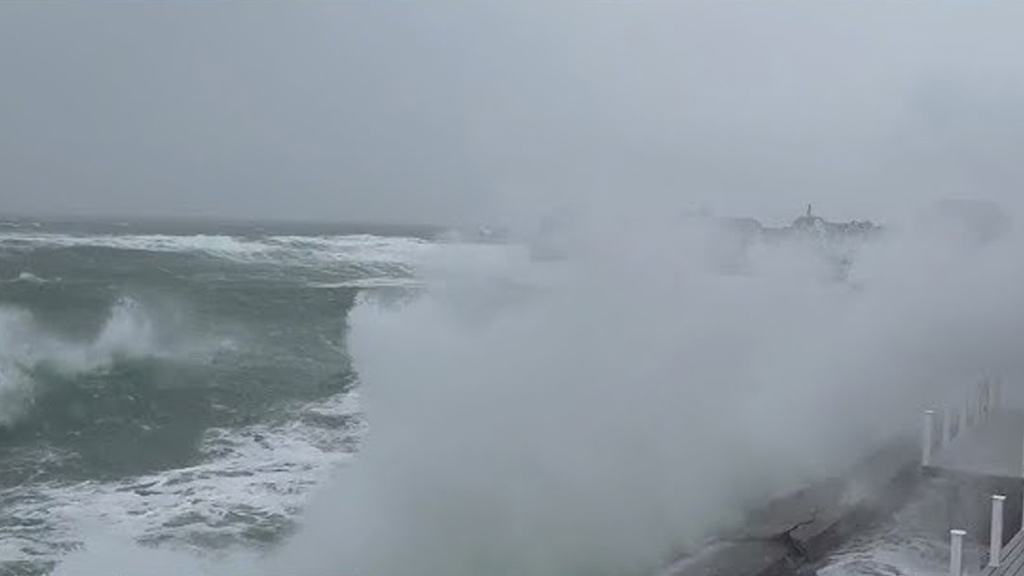
Boston’s geographical location plays a significant role in shaping its climate. Situated in the northeastern United States, Boston lies along the coast of Massachusetts Bay, exposing it to the influence of maritime air masses.
The city’s proximity to the Atlantic Ocean means it often receives cold air from the north and northeast, bringing chilly temperatures and moisture-laden conditions.
Additionally, Boston’s position within the New England region exposes it to the effects of prevailing weather systems moving across the continent, further contributing to its varied climate patterns.
Proximity to Water Bodies
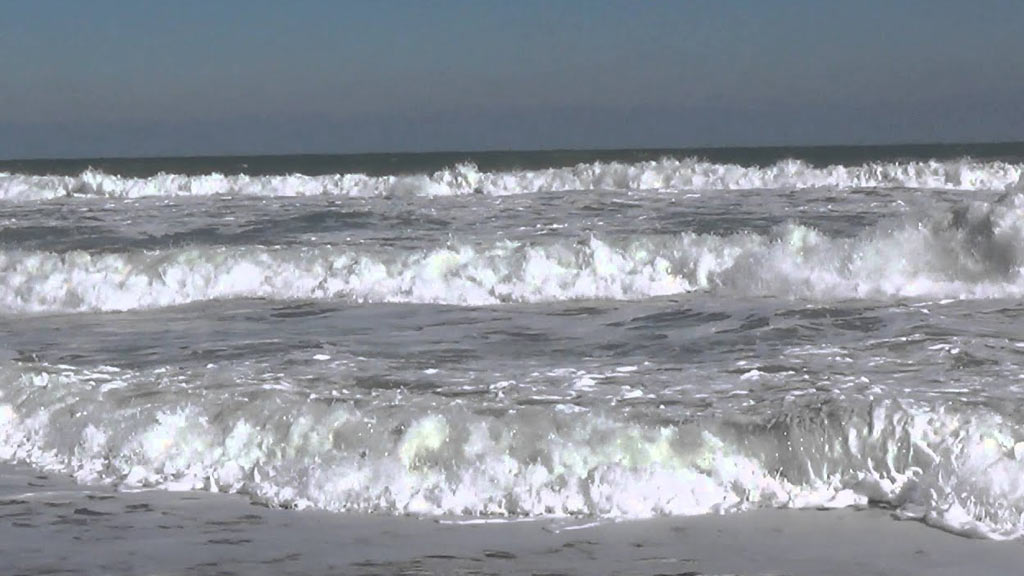
One of the key factors contributing to Boston’s colder temperatures is its proximity to water bodies, particularly the Atlantic Ocean.
Water bodies have a moderating effect on temperature, causing coastal areas to experience milder winters and cooler summers than inland regions.
However, in the case of Boston, the proximity to the Atlantic Ocean can amplify the intensity of cold air outbreaks during the winter months.
As cold air masses move over the relatively warmer ocean waters, they can pick up moisture and energy, leading to enhanced snowfall and lower temperatures when they reach the city and surrounding areas.
Urban Heat Island Effect
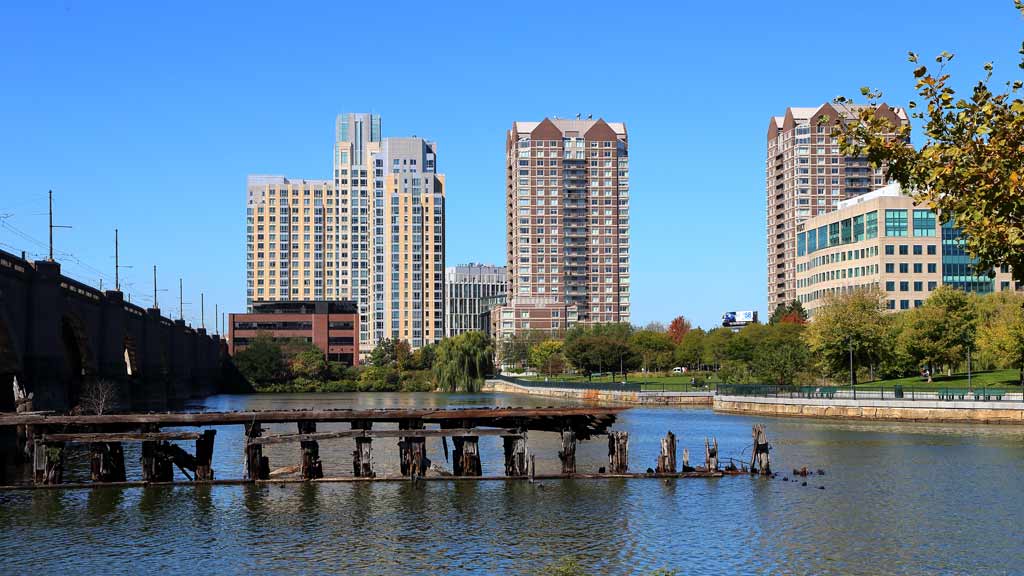
While water bodies like the Atlantic Ocean can influence Boston’s climate, the city’s urban landscape also shapes its temperature patterns.
Urban areas tend to experience what is known as the “urban heat island effect,” where human activities and infrastructure, such as buildings, roads, and vehicles, absorb and retain heat, leading to higher temperatures compared to surrounding rural areas.
However, during the winter, this effect can contribute to slightly warmer temperatures within the city center than on its outskirts.
Nevertheless, the overall impact of the urban heat island effect on Boston’s climate is relatively minor compared to other factors like proximity to water bodies and prevailing weather patterns.
Prevailing Weather Patterns
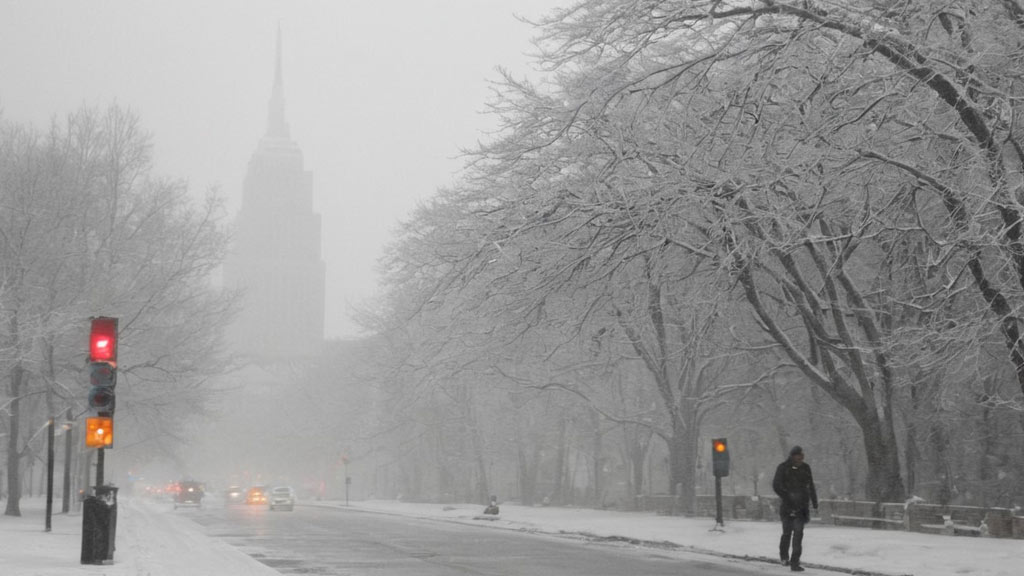
Prevailing weather patterns, including the movement of weather systems across the region, also influence Boston’s climate.
During winter, Boston often experiences cold air outbreaks from the north and northwest, bringing Arctic air masses into the area.
These cold air masses can result in frigid temperatures, snowfall, and strong winds, contributing to the perception of Boston as a cold-weather city.
Additionally, the city occasionally experiences coastal storms, known as nor’easters, which can bring heavy snow, strong winds, and coastal flooding, further enhancing its reputation for wintry conditions.
Atmospheric Circulation
The circulation patterns of the atmosphere also play a role in shaping Boston’s climate. The polar jet stream, a fast-flowing ribbon of air located in the upper atmosphere, can influence the movement and intensity of weather systems across North America.
Variations in the jet stream’s position can lead to fluctuations in temperature and precipitation patterns, impacting Boston and other cities in the region.
Additionally, the Gulf Stream, a warm ocean current in the Atlantic Ocean, can influence the overall climate of the northeastern United States, including Boston, by modulating sea surface temperatures and atmospheric conditions.
How Tourists Should Prepare to Face the Cold of Boston?
Preparing to face the cold of Boston requires careful consideration of various factors, including weather conditions, appropriate clothing, outdoor activities, and indoor attractions.
Whether visiting during the winter months or encountering unexpectedly chilly temperatures at other times of the year, tourists can ensure a comfortable and enjoyable experience by following these guidelines:
Check the Weather Forecast
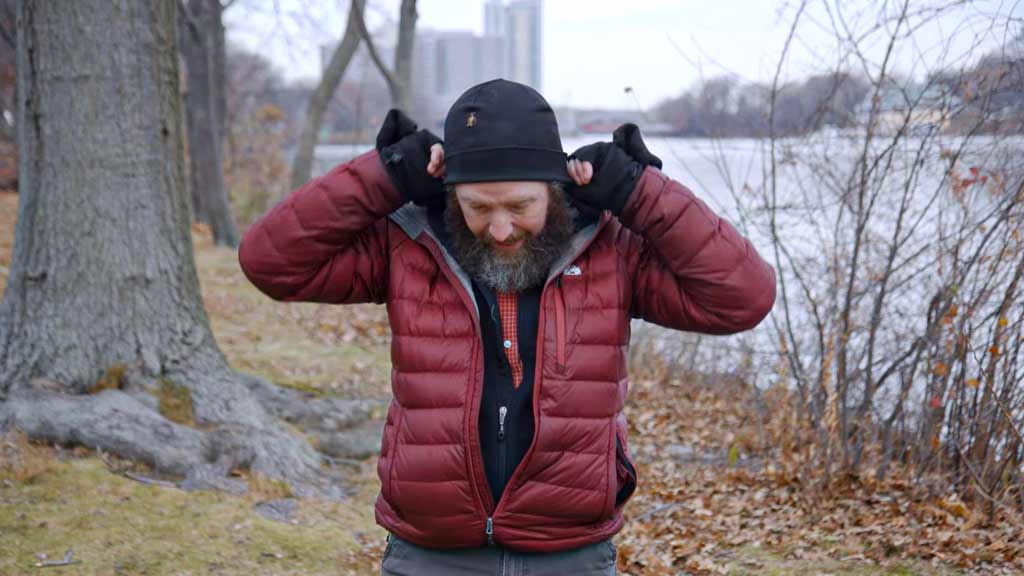
Before traveling to Boston, you must check the weather forecast for your stay. Pay attention to temperature fluctuations, wind chill factors, and any potential weather hazards such as snowstorms or freezing rain.
This information will help you pack appropriate clothing and plan outdoor activities accordingly.
Dress in Layers
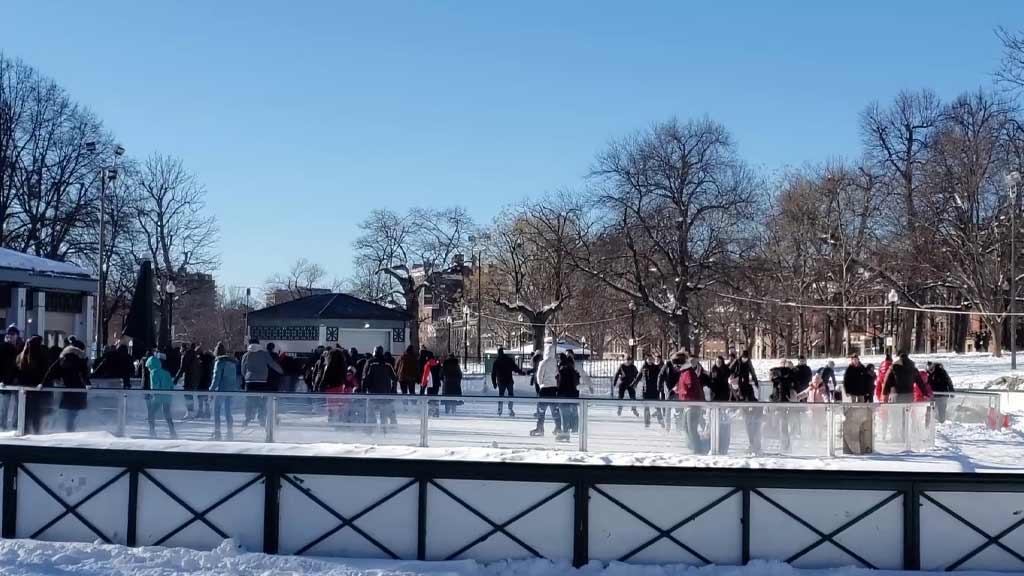
The key to staying warm in cold weather is dressing in layers. Start with a moisture-wicking base layer to keep sweat away from your skin, followed by insulating layers such as fleece or wool to trap heat.
Finish with a waterproof and windproof outer layer to protect against rain, snow, and gusty winds. Don’t forget to wear thermal underwear, warm socks, gloves, a hat, and a scarf to cover exposed skin and retain body heat.
Invest in Quality Winter Gear
Investing in high-quality winter gear is crucial if you’re not accustomed to cold climates. Consider purchasing a heavy-duty winter coat with insulation and a hood, insulated waterproof boots with good traction, and thermal accessories such as gloves, hats, and scarves.
Opt for materials like down, wool, or synthetic fibers that provide warmth without adding bulk.
Plan Indoor Activities

While Boston offers plenty of outdoor attractions, planning indoor activities to escape the cold is essential when needed. Explore museums, art galleries, historical sites, and indoor markets, or attend performances at theaters and concert halls.
Enjoy shopping in the city’s bustling retail districts or savoring local cuisine in cozy restaurants and cafes.
Stay Hydrated and Nourished
Cold weather can increase the risk of dehydration and fatigue, so staying hydrated and nourished during your visit is essential. Drink plenty of water throughout the day, and carry a reusable water bottle to refill as needed.
Eat hearty, warming meals that provide energy and nutrients, and enjoy hot beverages like tea, coffee, or hot chocolate to stay warm and cozy.
Use Protective Skincare
Exposure to cold temperatures and dry air can take a toll on your skin, leading to dryness, chapping, and irritation. Protect your skin using moisturizers, lip balms, and sunscreen with SPF to prevent sunburn, even on cloudy days.
Consider wearing goggles or sunglasses to shield your eyes from harsh winds and glare, especially if participating in outdoor activities like skiing or ice skating.
Practice Cold Weather Safety
When venturing outdoors in cold weather, it’s essential to prioritize safety and be prepared for emergencies. Dress appropriately for the conditions, stay dry and warm, and avoid prolonged exposure to extreme cold or wind.
Be cautious when walking on icy or slippery surfaces, and use handrails or traction aids if necessary. Familiarize yourself with cold weather safety tips, such as recognizing signs of hypothermia or frostbite, and know how to seek help.
Embrace Winter Activities
Despite the cold weather, Boston offers a variety of winter activities that are worth experiencing. Try ice skating on the Frog Pond in Boston Common, sledding at local parks, or taking a scenic winter hike along the Charles River Esplanade.
Attend seasonal events like holiday festivals, tree-lighting ceremonies, and outdoor markets to embrace the festive spirit of winter in the city.
FAQs
How does Boston’s proximity to water influence its winter climate?
Boston’s proximity to the Atlantic Ocean moderates its winter climate, causing milder temperatures than inland regions during specific periods.
However, it also exposes the city to cold air masses from the ocean, leading to enhanced snowfall and lower temperatures, mainly when Arctic air interacts with the relatively warmer ocean waters.
What is the coldest month in Boston?
The coldest month in Boston is typically January, with average temperatures ranging from around 22°F (-5.6°C) to 36°F (2.2°C).
During this time, the city experiences cold air outbreaks, snowfall, and occasional winter storms, making it essential for residents and visitors to bundle up and prepare for chilly conditions.
How should I dress for the cold weather in Boston?
Dressing in layers is critical to staying warm in Boston’s cold weather. Start with a moisture-wicking base layer, add insulating layers like fleece or wool, and finish with a waterproof and windproof outer layer.
Don’t forget to wear thermal underwear, warm socks, gloves, a hat, and a scarf to protect against the cold.
Are there indoor activities to enjoy during the winter in Boston?
Yes, Boston offers a variety of indoor activities to enjoy during the winter months. Explore museums, art galleries, historical sites, and indoor markets.
Attend performances at theaters and concert halls, go shopping in retail districts, or dine in cozy restaurants and cafes.
What outdoor winter activities are available in Boston?
Despite the cold weather, Boston offers numerous outdoor winter activities. Visitors can ice skate on the Frog Pond in Boston Common, sledding at local parks, or take a scenic winter hike along the Charles River Esplanade.
Additionally, seasonal events like holiday festivals and outdoor markets are popular attractions during the winter season.
Conclusion
The mystery of why Boston is colder than many other places unveils a complex tapestry of geographical, meteorological, and atmospheric influences.
The city’s proximity to the Atlantic Ocean exposes it to biting maritime air masses, while its unique urban layout and surrounding topography contribute to localized temperature variations.
Additionally, the presence of the Gulf Stream and polar jet stream further shape Boston’s climate, fostering conditions conducive to colder temperatures.
Despite its shared latitude with other northeastern cities, Boston’s distinct environmental factors combine to create a chilling reputation that sets it apart.
By unraveling these intricacies, we gain a deeper appreciation for the dynamic forces in shaping the city’s climate and understanding why Boston remains a perennially cold destination.
Embracing the complexities of its meteorological landscape allows us to appreciate the resilience of its residents and the enduring allure of this historic New England city.
Jaclyn Lowe